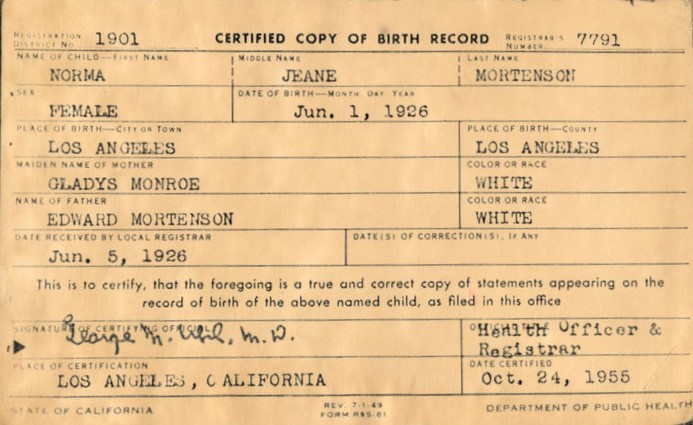
Your Early Research Notes: Rediscovering Hidden Genealogy Treasures
Do you remember those old research notes you took way back in the year dot when you first began researching your family history? Those very early notes, the ones you jotted down in a hurry while visiting relatives or in the early stages of your research when your family tree was in its infancy and you were probably still trying to get to grips with the names of your great-grandparents and their siblings. When was the last time you reviewed them? If you still have your early genealogy research tucked away in the back of a cupboard or drawer, or on an old back up disc now would be a good time to retrieve them, sit down with a cuppa, your current family tree and compare the information thoroughly.
Do you now have more than one “John Henry” in your ever expanding tree?
All those names, locations and vague, possibly even seemingly inaccurate, information provided by family and friends that at the time was too much to take in, too much to research, and may even have appeared at the time to have little to do with the original question you asked. You may have notes that provide geographical locations which appeared to contradict what someone else told you or to be way off base for a family and connections that made no sense. Did anyone give you a box or envelope of old newspaper clippings that had been unearthed from the back of an elderly relative’s drawer or cupboard? Were you given an envelope of old photographs perhaps with partial names and information on the back or outside of the envelope? Nicknames, forenames only, somebody that did not fit into your fledgling tree, photographs of houses with incomplete addresses – you may have the information you are currently seeking. What about that 1960s address book, or your Grandmother’s old Christmas card list? Did you skip past names that then were not a part of your family tree? Are they in your tree now?
Was Great Aunt Agnes talking about her other “Cousin Mabel”?
Within your original research notes there are likely to be notations about records, lists of possible marriages or burial places, baptisms of children, perhaps vague, half-remembered references from various relatives that did not fit with your ancestor of the same name, or you could not find a connection at the time.
Comparing the information you were given way back when against the concrete research you currently have may provide valuable clues for current and future research; provide a geographic directionality as to the location of a record.
Could that photograph of “Jack and Rosie with Spot” actually be John Henry and his sister Elizabeth Rosemary and match up with a dog licence issued to John Henry in 1915 for Spot?
Reviewing marriage and death announcements for the names you could not originally match with a relative may reveal names of individuals you now have in your family tree or where you have a collateral relative with the same surname. Following up on a still unrecognised individual in a newspaper clipping may reveal another cousin, a neighbour, or ex-neighbour of your ancestor. The date and location of the event in itself may be the clue you need to find a wandering family member.
What did you miss on that Wedding Certificate you ordered many years ago?
Revisit the vital event certificates and other records you first located in the early days, look again at the census records you attached to your tree. Do the names of the witnesses now have meaning? Could the lodgers actually be collateral relatives of the head of household? Where did those events take place? Try researching the parish records where a baptism, marriage or burial took place. Was this a location used by other family members for similar or other events?




